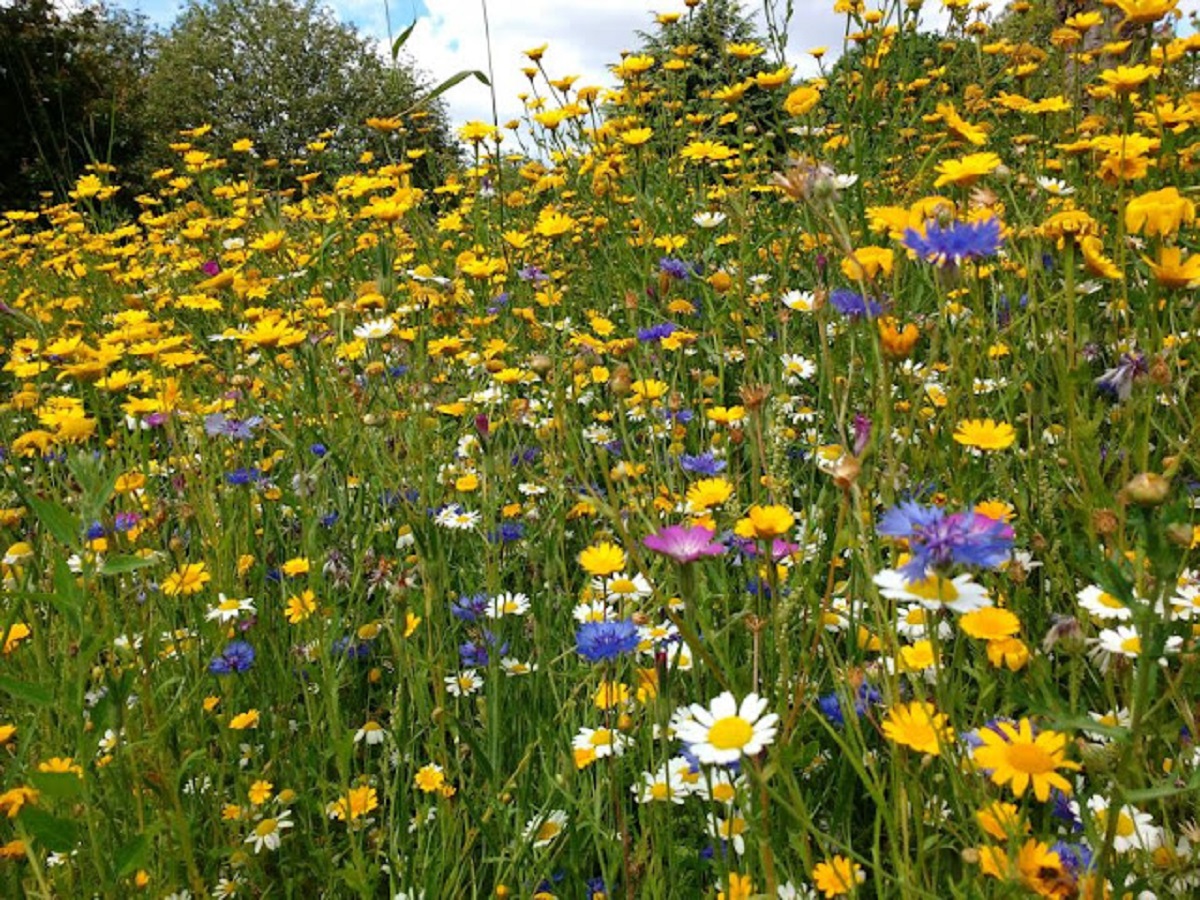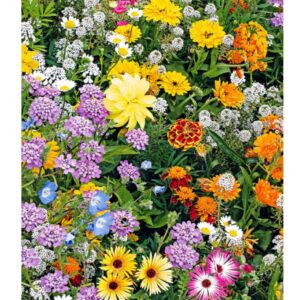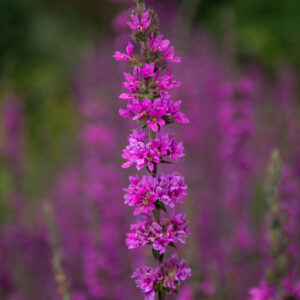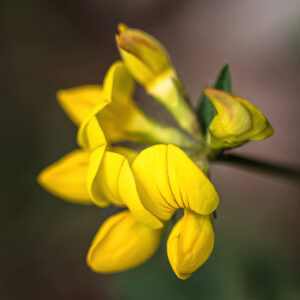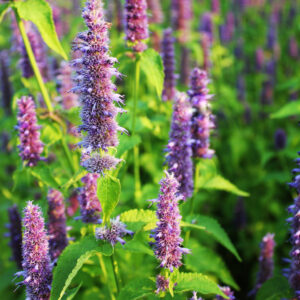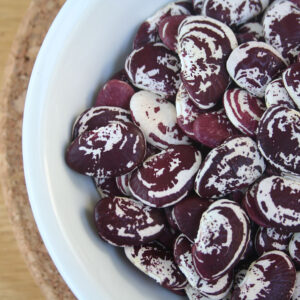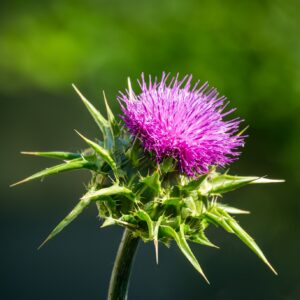(Attached images are of a generic wildflower meadow and will vary by season and conditions)
- Wildflowers will always perform best on ground that is not highly fertile as this will allow them to compete with background weeds.
- The correct ground preparation is essential for success. For a new display the seed bed needs to be cleared of all weeds by repeated cultivation or a herbicide and left for at least 2 weeks for newly exposed seeds to germination before repeating the process at least twice.
- The ground should be a medium tilth for sowing and rolled to provide a firm surface.
- Sowing is ideally undertaken when the soil is warm and moist in early autumn or spring.
- The seed must be surface sown evenly and sparingly and can be mixed with fine white dry sand which ensures a better distribution and allows you to see where it has been scattered.
- Do not cover the seed but firm in by treading to ensure good soil contact.
- Once you have sown the mixture, it is very important to manage the growth for the first year, which includes weeding any aggressive species that appear.
- If sowing amongst established grass, autumn will be best, first cutting back close to the ground and scarifying to expose base soil.
- Cut the sward when the grass gets established and keep it down to help the new seeds to germinate.
- If sowing in the spring, again keep the grass low for the first growing season.
- Whenever you cut, it is vital to remove all the material after allowing any seeds to spread to ensure nutrients are not added back to the soil.
• Achillea millefolium white, wild form 70 cm
• Adonis aestivalis scarlet 30 cm
• Anthemis tinctoria golden yellow 70 cm
• Artemisia vulgaris 120 cm
• Barbarea verna yellow 50 cm
• Bellis perennis white, wild form 10 cm
• Calendula arvensis orange 15 cm
• Calendula officinalis orange single, wild form 50 cm
• Capsella bursa pastoris white, wild form 40 cm
• Centaurea cyanus blue, wild form 80 cm
• Centaurea jacea pink 70 cm
• Chelidonium majus yellow 60 cm
• Chrysanthemum leucanthemum white, wild form 60 cm
• Cichorium intybus blue, wild form 100 cm
• Coronilla varia L. pink 40 cm
• Daucus carota wild form 80 cm
• Consolida regalis blue 70 cm
• Dianthus carthusianorum purple red 40 cm
• Digitalis purpurea rose shades, wild form 120 cm
• Echium vulgare blue 80 cm
• Filipendula ulmaria creamy white 120 cm
• Galium mollugo white 80 cm
• Galium verum yellow 60 cm
• Hesperis matronalis fiolet 90 cm
• Hypericum perforatum golden yellow, wild form 60 cm
• Linum perenne blue 40 cm
• Lupinus perennis blue 70 cm
• Lychnis flos-cuculi pink 40 cm
• Lythrum salicaria carmine pink 90 cm
• Malva moschata pink 70 cm
• Malva sylvestris fiolet 100 cm
• Matricaria chamomilla wild form 30 cm
• Matricaria inodora white 50 cm
• Medicago lupulina yellow 20 cm
• Myosotis arvensis blue 25 cm
• Nigella sativa 40 cm
• Oenothera biennis yellow 80 cm
• Onobrychis viciifolia pink 60 cm
• Papaver rhoeas red single, wild form 70 cm
• Pimpinella anisum 50 cm
• Plantago lanceolata 50 cm
• Plantago major 30 cm
• Polemonium caeruleum blue 70 cm
• Potentilla argentea yellow 25 cm
• Ranunculus acris yellow 60 cm
• Rumex acetosa 50 cm
• Rumex acetosella red single, wild form 30 cm
• Salvia pratensis blue 60 cm
• Sanguisorba minor 50 cm
• Saponaria officinalis 70 cm
• Silene vulgaris white 40 cm
• Tanacetum vulgare yellow 80 cm
• Taraxacum officinale 30 cm
• Trifolium incarnatum carmine 60 cm
• Pratense Trifolium red 50 cm
• Repens Trifolium 15 cm
• Valeriana officinalis 80 cm
• Verbascum sp. mixed species 150 cm
• Viola tricolor violet and yellow 15 cm
